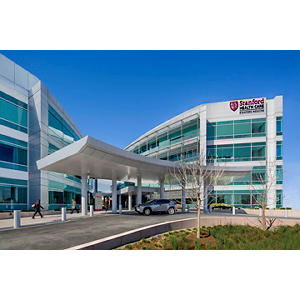
Silvina Pugliese, MD
Clinical Associate Professor
Dermatology
Stanford Medicine Outpatient Center
Stanford Dermatology
450 Broadway Street
Redwood City, CA 94063
Phone:
(844) 416-7846
Fax:
(650) 725-7711
Locations

Stanford Dermatology
450 Broadway Street
Redwood City, CA 94063
Phone : (844) 416-7846
Fax : (650) 725-7711
Work and Education
Professional Education
Boston University School of Medicine, Boston, MA, 5/15/2010
Residency
Loma Linda University, Loma Linda, CA 92354, 6/30/2014
Internship
Stanford University Internal Medicine Residency, Stanford, CA, 6/24/2011
Board Certifications
Dermatology, American Board of Dermatology, 2014
Languages
English
Spanish
Connect with us:
Download our App: